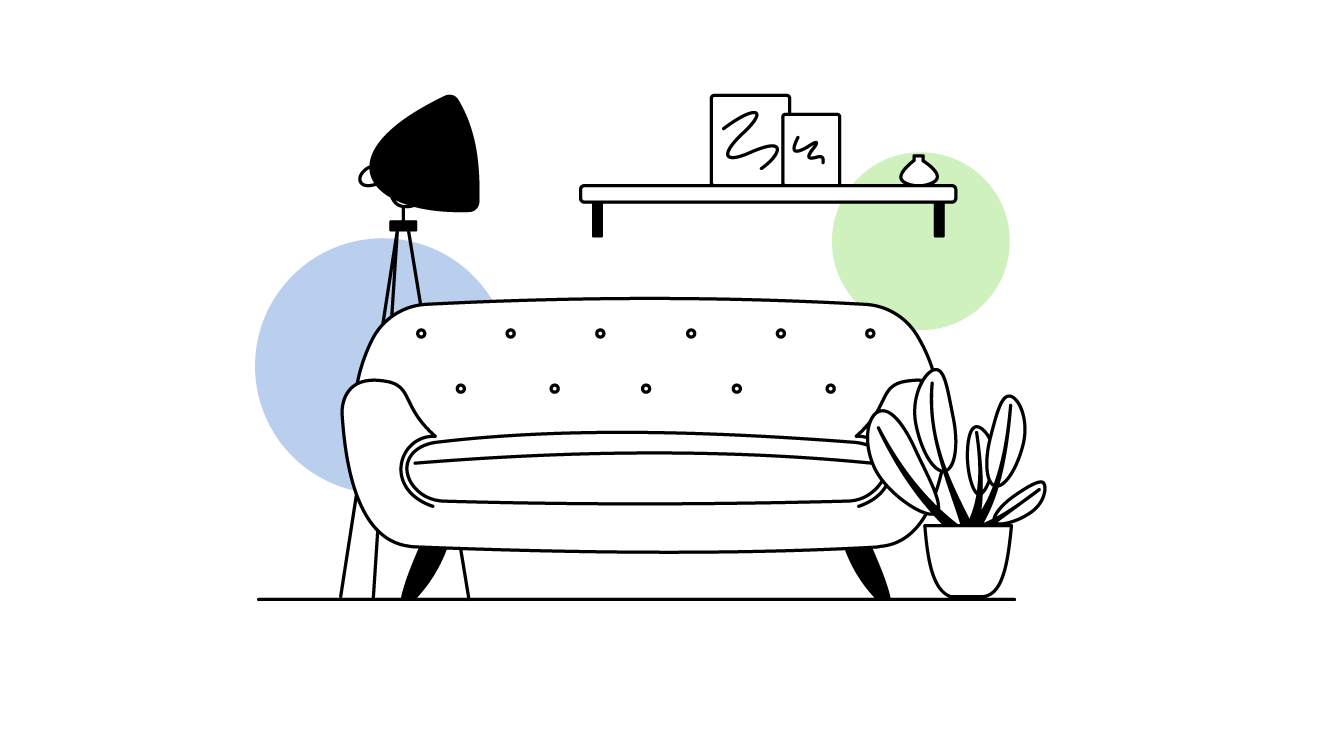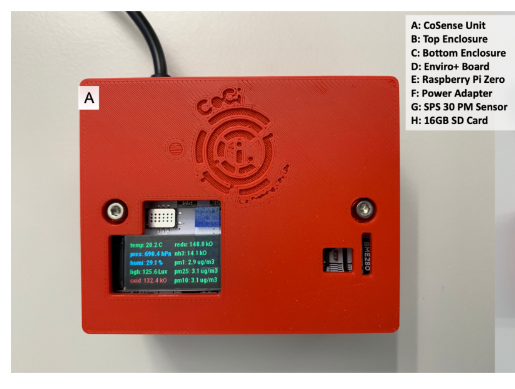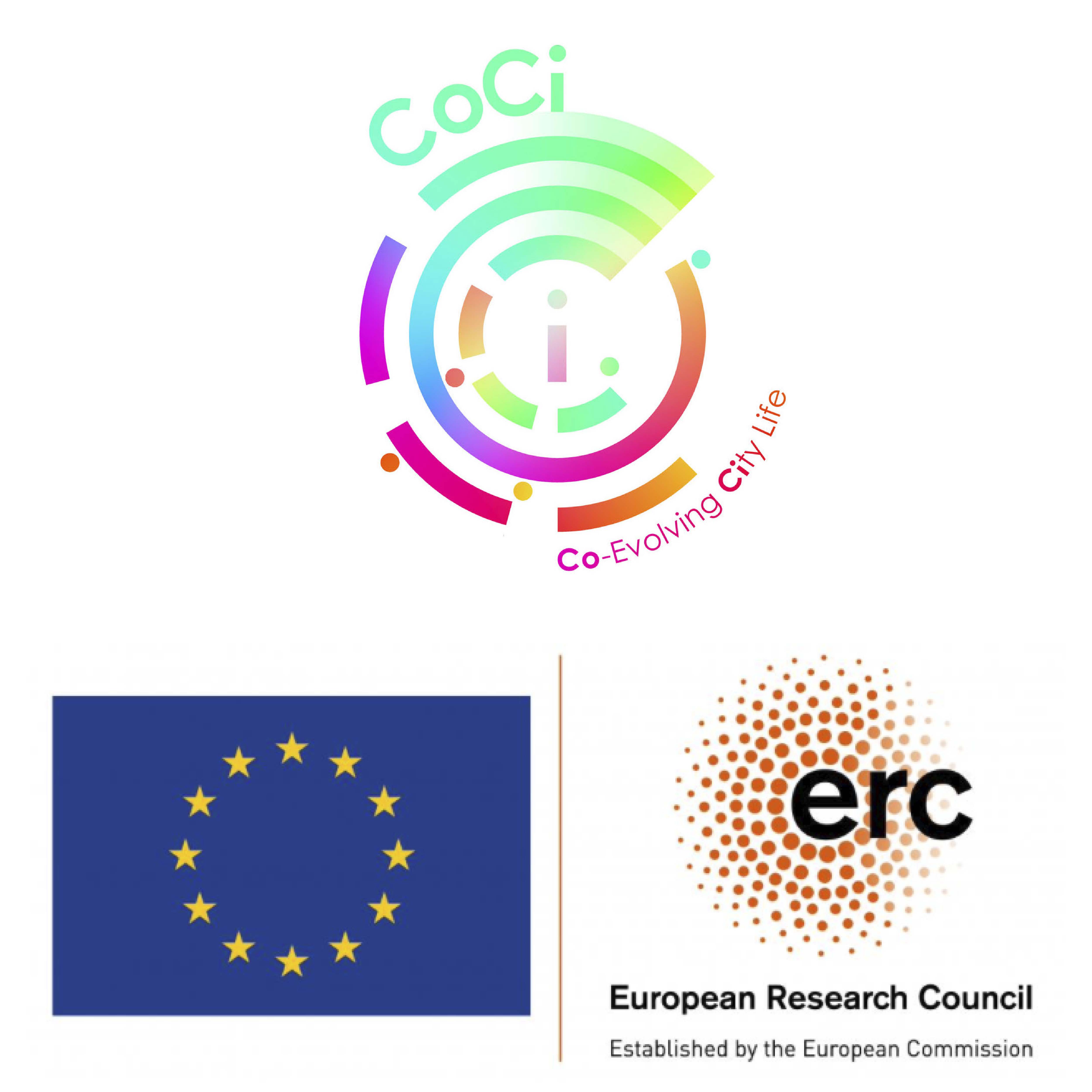Know the air you breathe
Did you know that air pollutants indoor are typically 2 to 5 times higher than outdoor?
We spend most of our time at home, at school, at the office, or in other indoor environments. What do we know about the quality of the air we breathe in these places and how it affects our health and well-being? Not much, and we would like to change that!
From July 2022 to February 2023 we held three co-creation workshops with multiple stakeholders. In the fist two workshops we focuesd on the "why" this project is important for all of us, "what" we want to measure and "how" we want to do that. The citizen scientists were measuring the air quality in their homes from 30 September - 30 October, 2022. We analysed their collected data, recalibrated the sensors, and shared the overall findings with participants during our third workshop in February 2023.
The project results were published in the paper "Democratizing air: A co-created citizen science approach to indoor air quality monitoring" that can be downloaded here.
We are moving into the next phase of the project, exploring personal exposure monitoring across different mobility options, with a primary focus on biking.
Some facinating facts about indoor air pollution

Indoor vs. Outdoor air pollution
According to studies of the Environmental Protection Agency (EPA), indoor air pollutants are typically 2 to 5 times higher than outdoor pollution levels. There are numerous reasons for this, including inadequate ventilation, the use of toxic candles, air fresheners, beauty products, and so on.

What about fireplaces?
Wood-burning fireplaces are a major source of indoor air pollution, particularly during winter. They emit massive amounts of pollution. The primary cause is wood smoke. According to EPA reports, when the wood is not completely burned, the smoke it produces contains fine particles known as PM2.5 and other dangerous gases such as carbon monoxide that are harmful to human health.

We love scented candles!
According to several research studies, scented candles usually produce harmful emissions such as Volatile Organic Compounds (VOCs) and Particulate Matter (PMx). These are dangerous for human health as they can penetrate deep into the lungs and cause respiratory issues like asthma.

Clean air or clean house?
Recent research suggests that several types of paints, perfumes, sprays, and other synthetic items contribute to high levels of VOCs in the air. For example, the smell of the paint is due to the VOCs emitted in the air. Once they are released into the air, they can become part of more dangerous pollutants, like PM2.5.
1st and 2nd co-creation workshop
We invited all interested people to join two co-creation workshops on July 5 and August 30, 2022 together with researchers of ETH Zurich and the Citizen Science Center Zurich. Together with our engaged community we learned what scientists already know - and what they don’t - about the air we breathe. The first workshop focused on “Why” this project, ie. we discussed fundamental questions such as: why should we monitor air quality together? Why us (as citizens of Zurich) should be involved and eventually spend time measuring and monitoring it? What is the benefit for citizens? what is the benefit for scientists? In the second workshop we discussed "what" we would like to measure and "how" we will do that.
Co-Sense Unit to collect the data
To collect the indoor air quality data, citizen sicientists use the CoSense Unit. It The is an environmental monitoring device that has been designed using state-of-the-art sensors and a single-board computer. The current version of the CoSense Unit measures (1) Particulate Matter concentration in the air, (2) temperature, pressure, and humidity, (3) gas (NO2, NH3, CO) concentration, (3) light intensity, and (4) noise. The device's modular design allows users to easily remove and replace sensors based on their needs. The CoSense Unit is simple to assemble and can be used for both indoor and outdoor environment sensing.
The CoSense Unit uses a Sensirion SPS30 PM sensor for Particulate Matter monitoring. Using the light-based scattering principle, the SPS30 can monitor PM1, PM2.5, PM4, and PM10. The CoSense Unit also includes a sensor array called Enviro Plus, which includes sensors such as the BME280 (temperature, humidity, and pressure), MICS6814 analogue gas sensor (NO2, NH3, and CO), LTR-559 light and proximity sensor, and a MEMS microphone (noise). It also includes a colour LCD and the ADS1015 analogue to digital converter for converting data from the analogue gas sensor.The CoSense Unit includes a 16GB SD card for storing data on the device.



